Buddhist Education Centres of Magadhа
Preface:
With the development of Buddhism, it had faced so many problems. Habitation of Buddhist monks was one of them. In Vedic tradition ascetics were always used to wander and they didn't stay at a fixed place. In the beginning Buddha himself also followed this tradition and he wished that his follower monks also follow this old Indian tradition. So that he says- Charattha bhikkhave charikam bahujan hitaya bahujan sukhaya but increasing number of monks forced him to think about their habitation. In Buddhism there was no place for Varna and Ashram system. A person of any age group and any caste was free to become a Buddhist monk, so number of monks was increasing day by day. Being wandering monks, the member of the samgha had no fixed habitat. They used to stay here and there. Consequently they had to find out some temporary shelter, whether in caves or under trees or in sanctuaries during the rainy season, which were unsuitable for habitation and when they required to observe varshavasa by taking a fixed avasa and by depending for alms on the householders around the avasa. This state of affairs took a better turn even during the lifetime of Buddha. Thus came into being monastic abodes where the monks could meditate peacefully during their rainy retreats and perform the communal ceremonies. Chullavagga informs us that the Nagarsreshthi of Rajagriha had requested to the Buddha to permit monks to live in manmade residences. Rich lay followers of Buddhism had donated residential complexes to the samgha. Buddha himself accepted the donations of Venuvan at Rajagriha donated by Bimbisara, the king of Magadha and Jetavan of Sravasti donated by Anathapindika and used to stay there. Everyone knows about the donation of Amravana of Vaishali by Ambapali. It means Buddha himself changed his thinking and used to live in manmade residences and also permitted to monks for the same purpose.
Viharas were used for habitation purposes and they were imitations of the houses as built-in villages. The earliest form of the vihara in Buddhist architecture was merely an arrangement for the accommodation of monks living together in communities. A typical rock-cut vihara consisted of a plain square hall entered by a doorway in front of which was a porch or verandah. Soon it was realized that its walls offered special facilities for the excavation of cells. Doors were cut in these walls leading to small cells. These viharas were originally situated near or adjacent to the chaitya, but as the community expanded, additional accommodation was excavated in the side of the hill. In the course of time these monastic establishments were furnished with a general dormitory, a common room, a refectory, a kitchen and a tank for the supply of water. The tanks were excavated near the entrances and often extended under the chamber itself. Runnels cut into the face of the rock channelled water to these tanks were fitted with detachable covers.
As it was stated above that earlier viharas were used for habitation purposes of monks but in the course of time these monastic establishments were converted into teaching-learning centres and few of them developed as a centre of art. The book describes about the ancient Buddhist education system and about the Buddhist education centres of Magadha like Nalanda, Odantapuri and Vikramshila. In this way the book gives detailed information about Buddhist monastic system and its development as education centres. The book is well supported by maps and illustrations which may enable one to know the importance of these education centres. Hope the book will be beneficial to the students of Buddhism.
Get it now and save 10%
BECOME A MEMBER

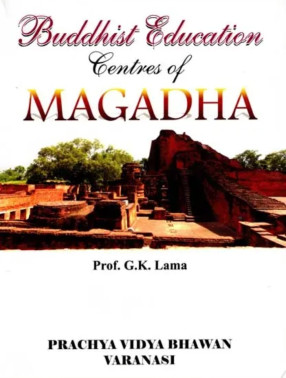
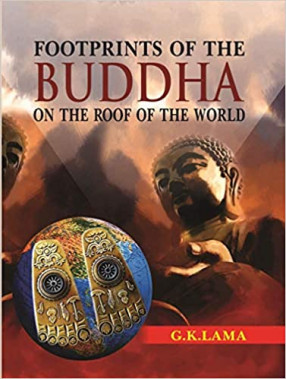
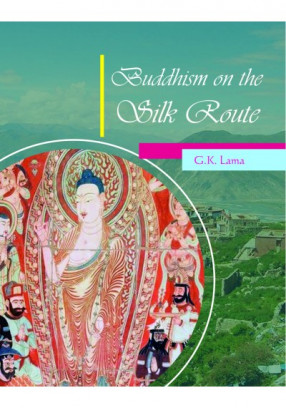
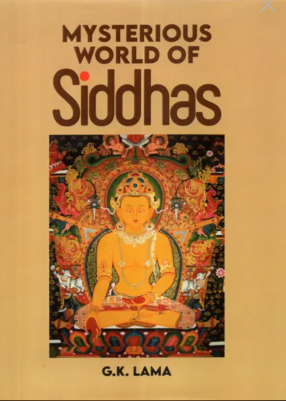
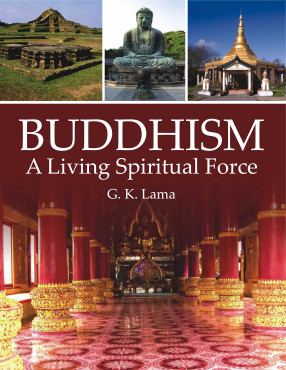
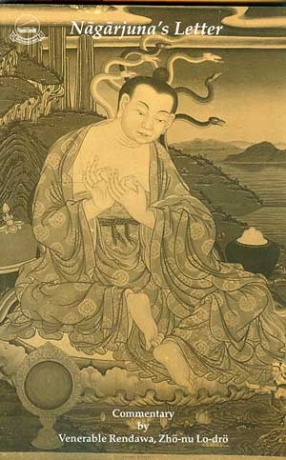
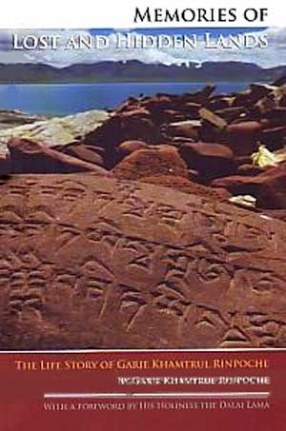


Bibliographic information